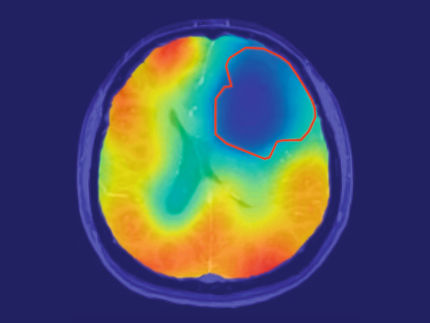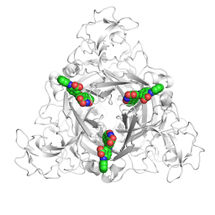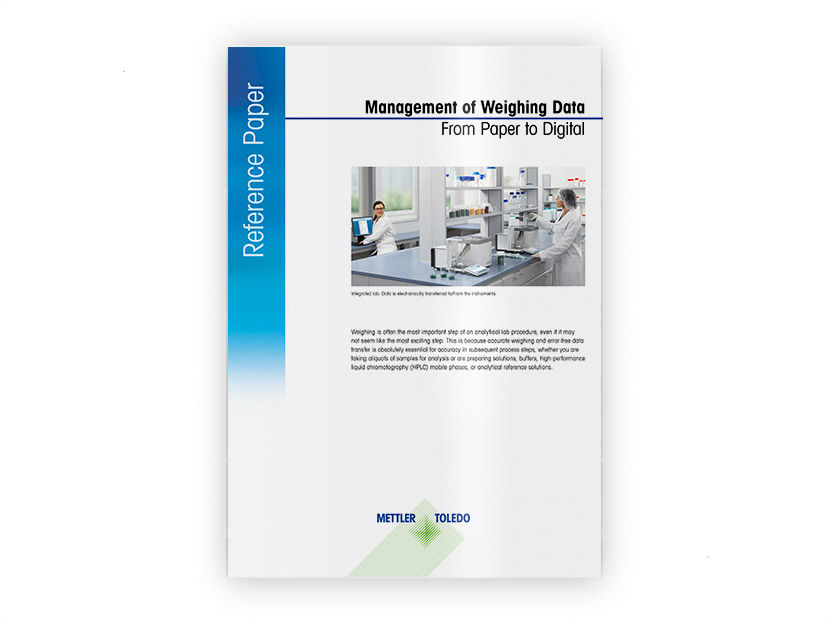Tracking stem cells after transplantation
Advertisement
Stable nanoparticles that could be used to track the fate of neural stem cells following transplantation in the spinal chord have been developed by UK scientists. The cells are a promising treatment for repairing spinal chord injuries as they have the ability to generate tissue.
Magnetic resonance imaging (MRI) has been used to track transplanted stem cells tagged with magnetic nanoparticles, but there is no effective way of monitoring the cells for long periods of time. To investigate the interactions of stem cells with other biological cells after they are transplanted, nanoparticles need to be stable for months and have a high magnetic moment – tendency to align with a magnetic field – so that low concentrations can be detected using MRI.
Now, Nguyen Thanh at University College London and colleagues have developed hollow cobalt nanoparticles that are biocompatible, have a high magnetic moment, and are stable under biological conditions.
The team labelled stem cells with their nanoparticles, injected them into spinal chord slices and took images of their progress over time. They found that low numbers of the nanoparticle-loaded stem cells could still be detected two weeks after transplantation. ‘The new method demonstrates the feasibility of reliable, noninvasive MRI imaging of nanoparticle-labelled cells,’ says Thanh.



















































